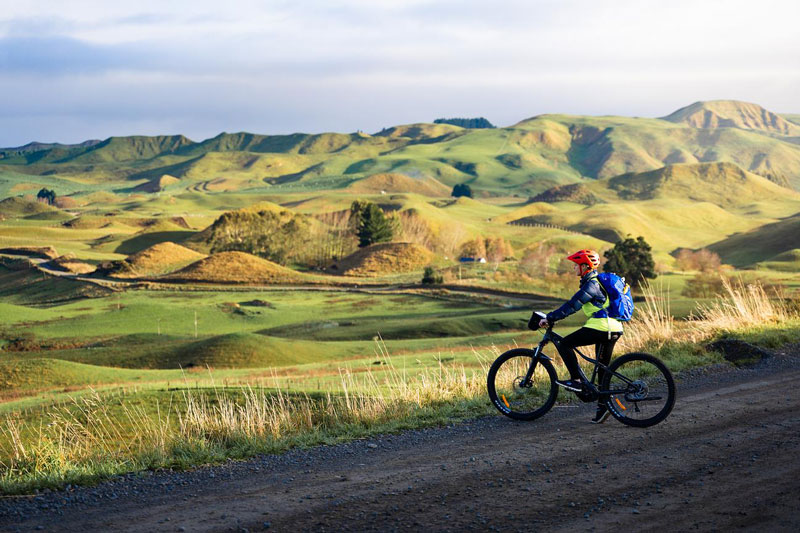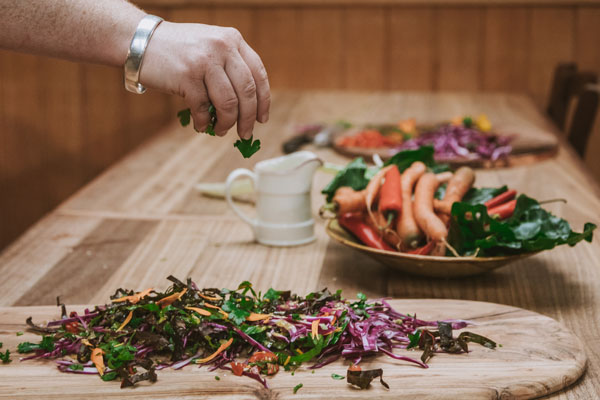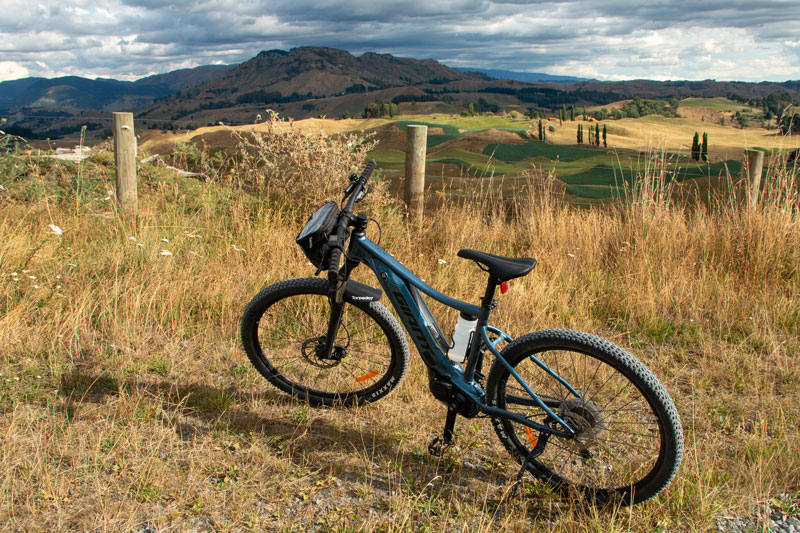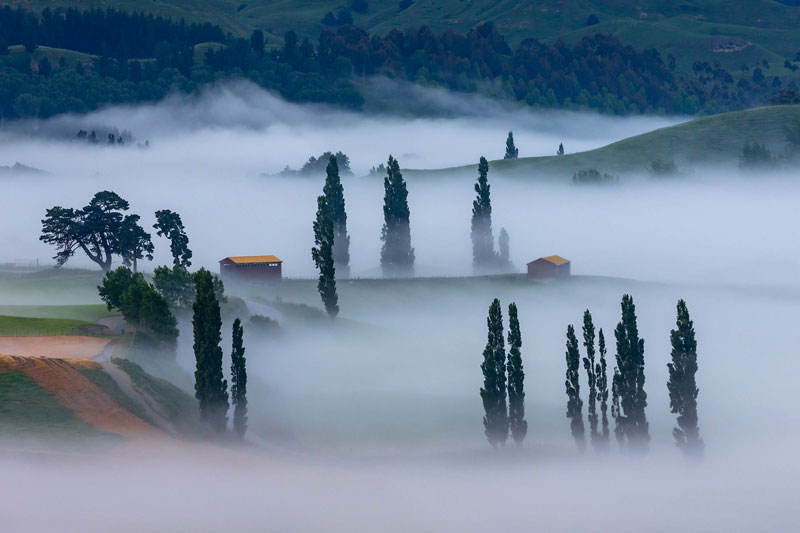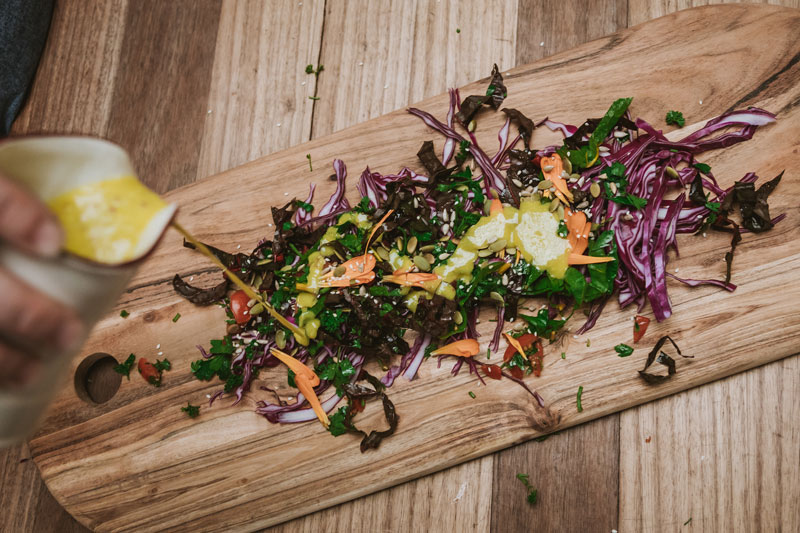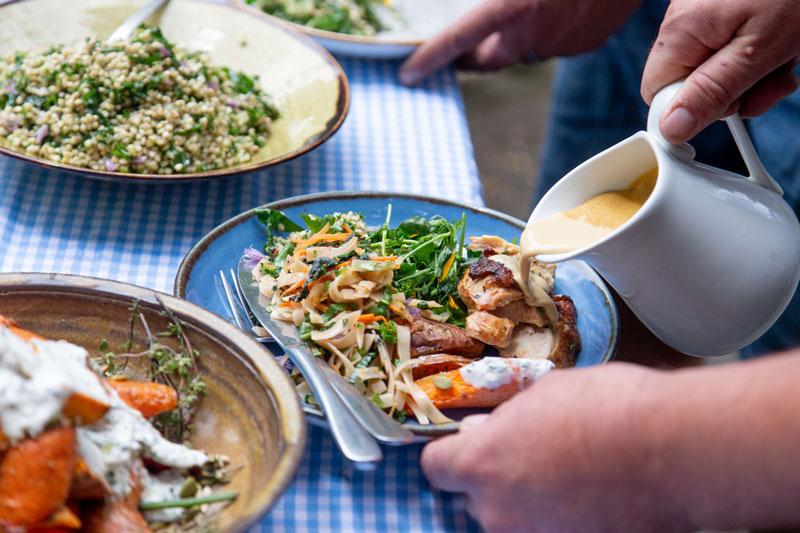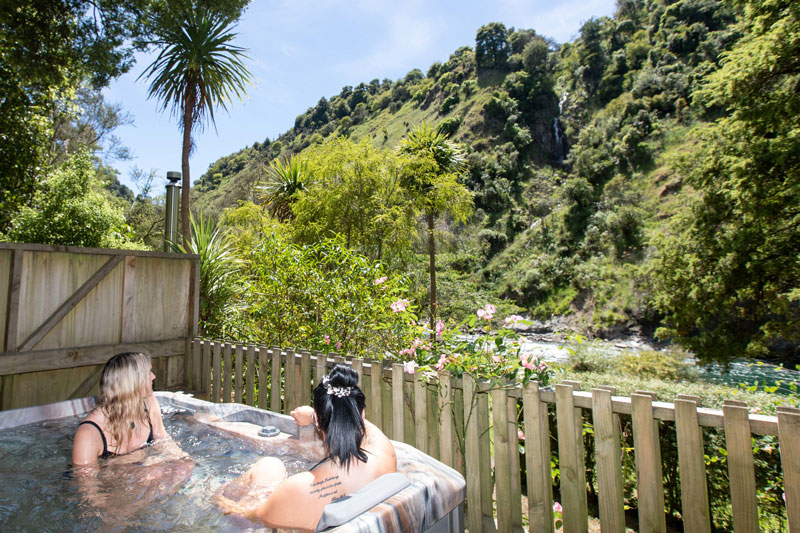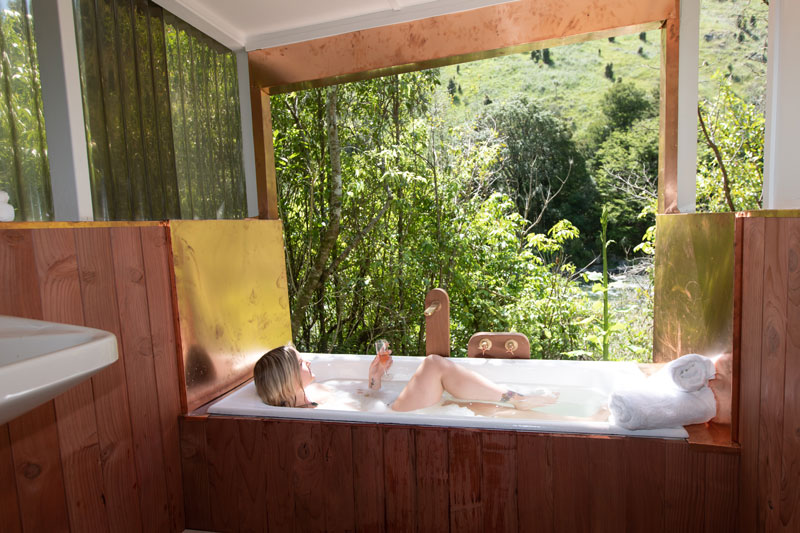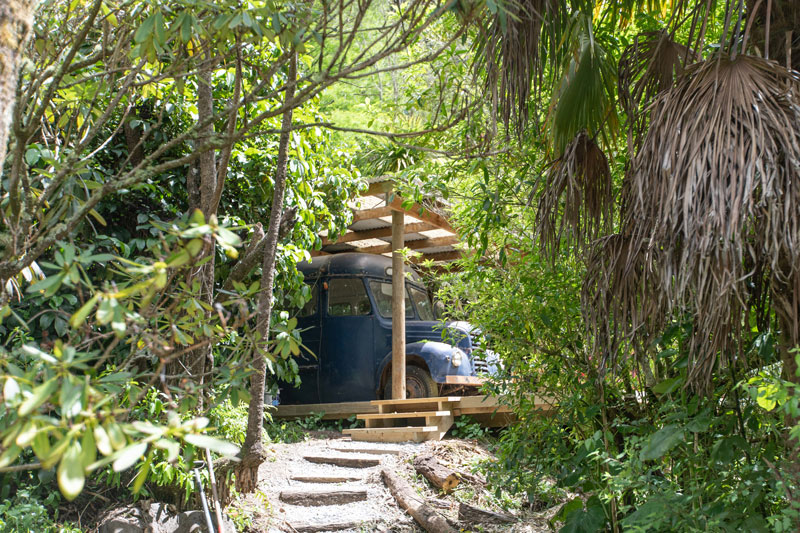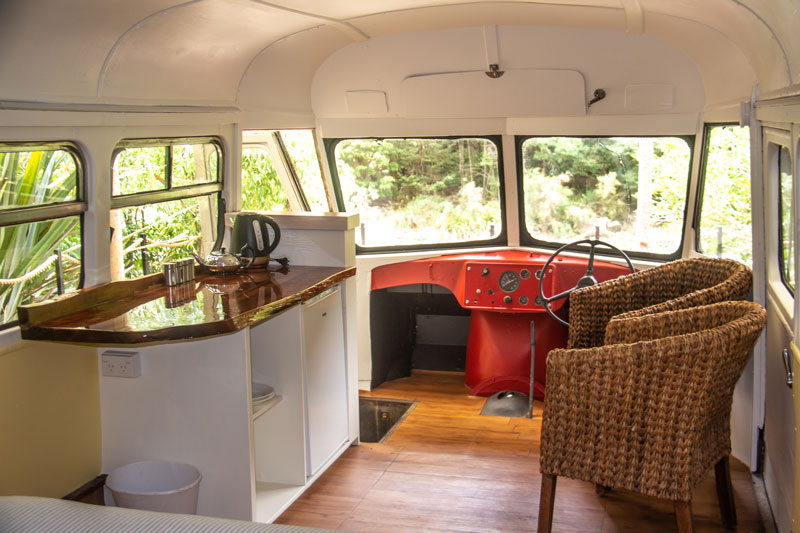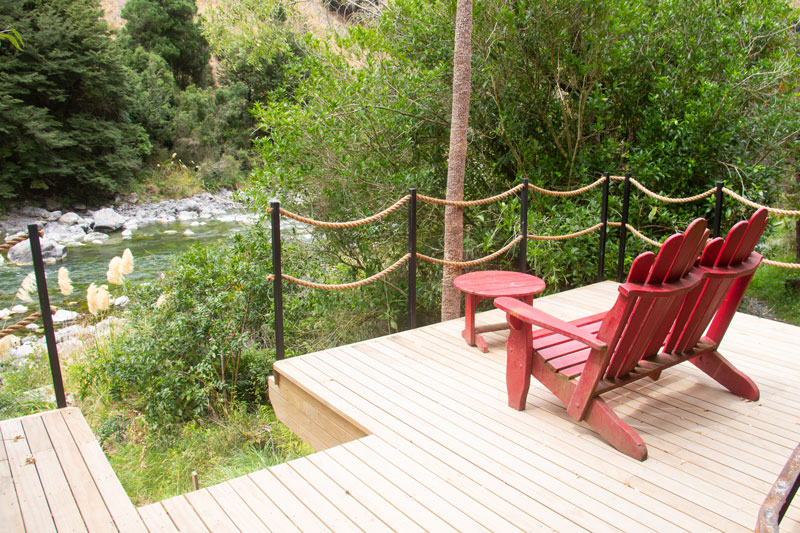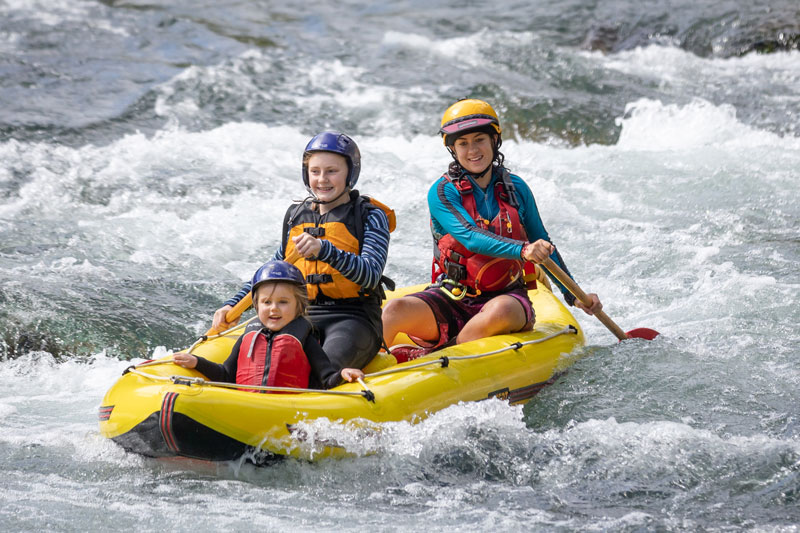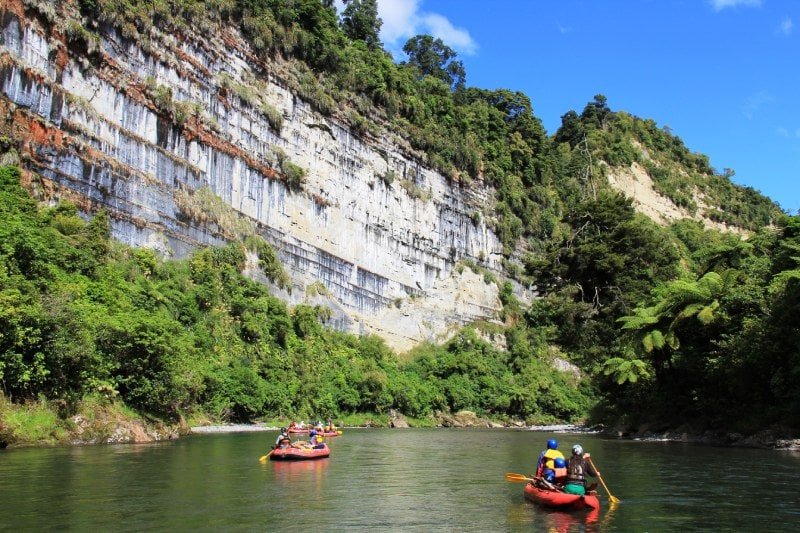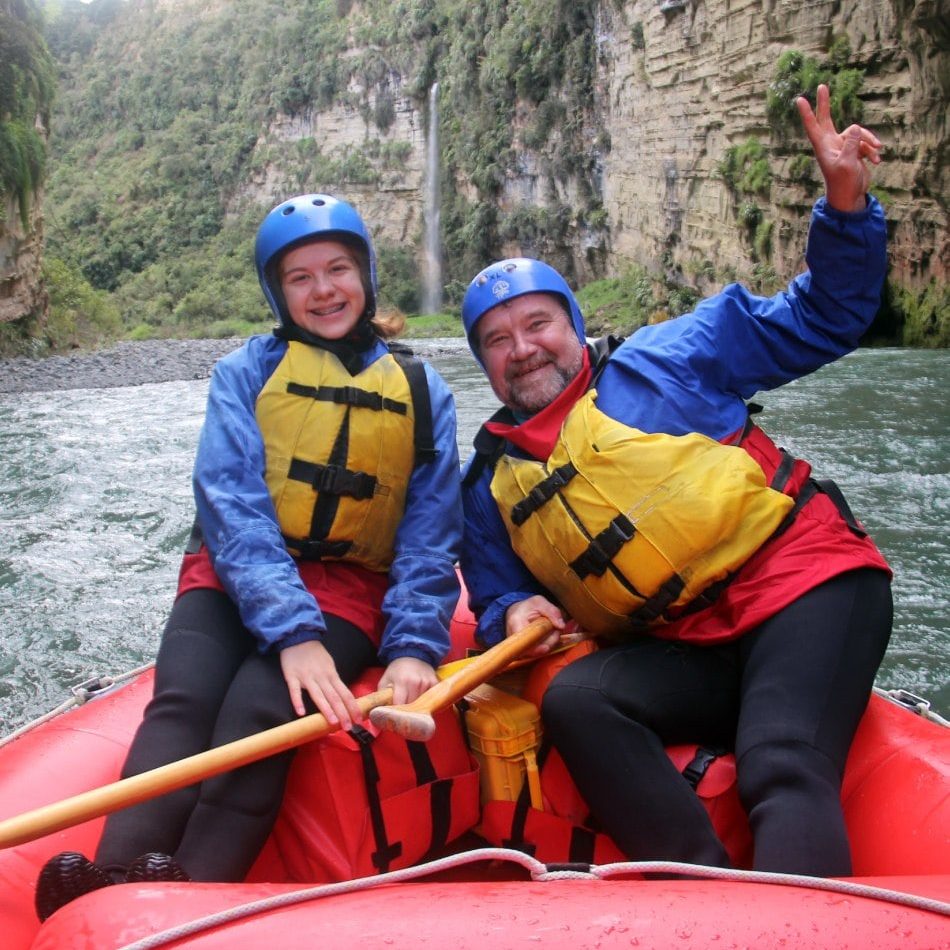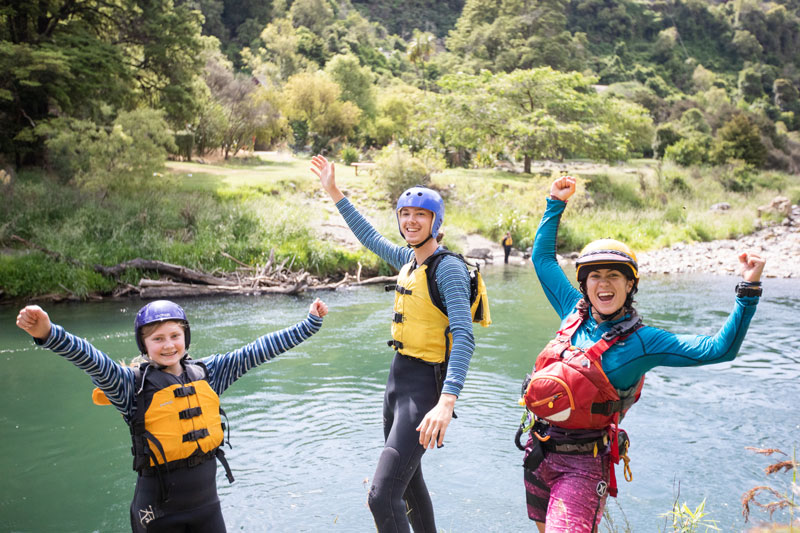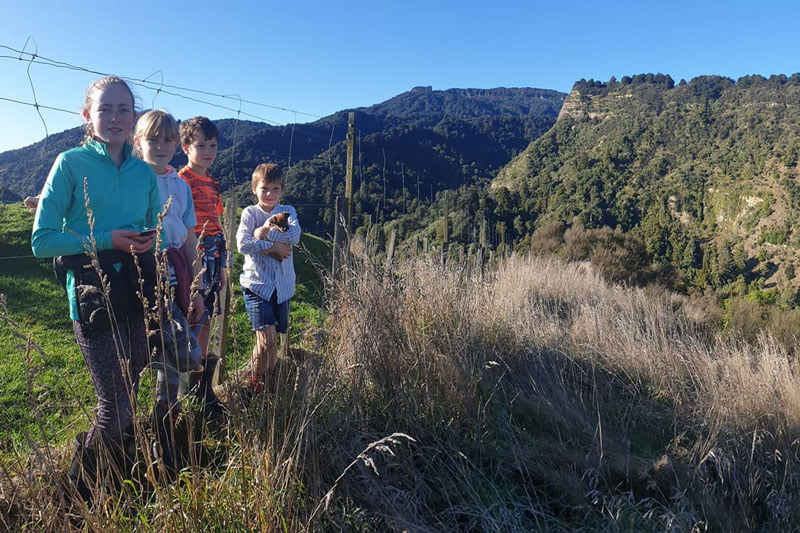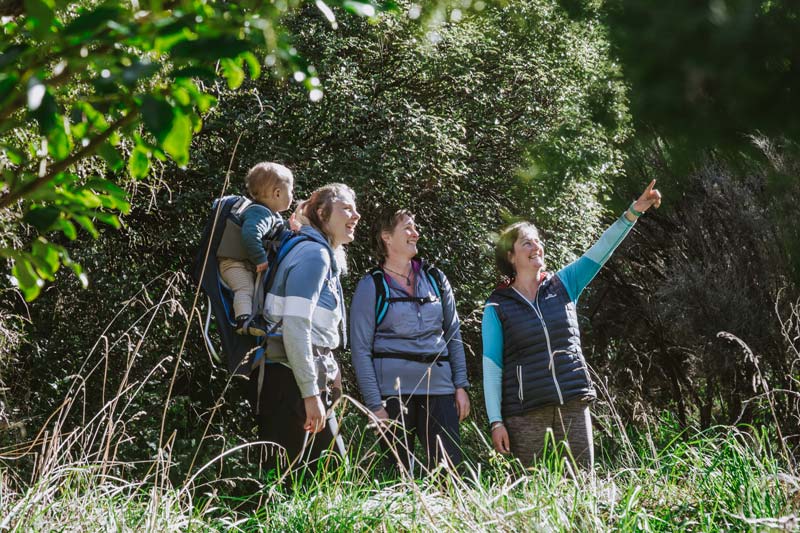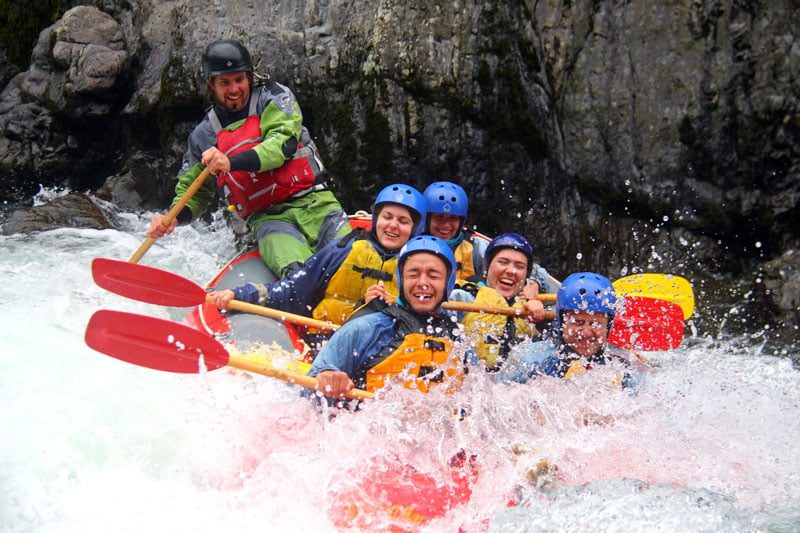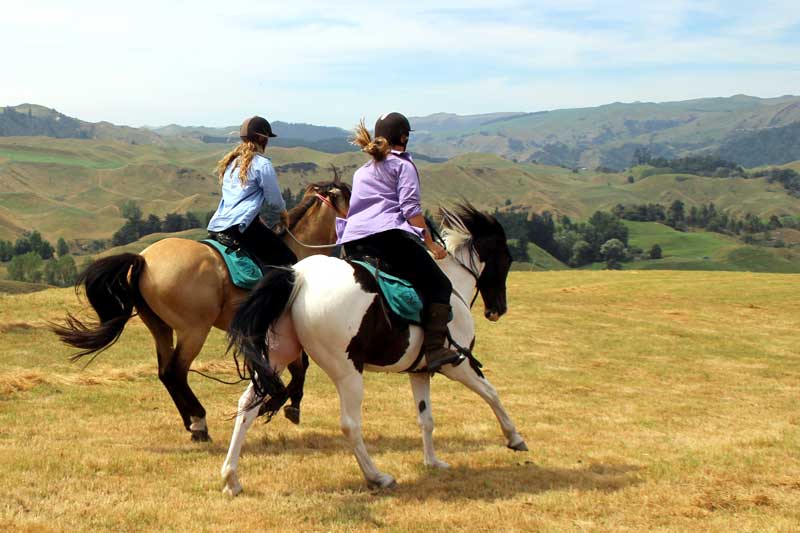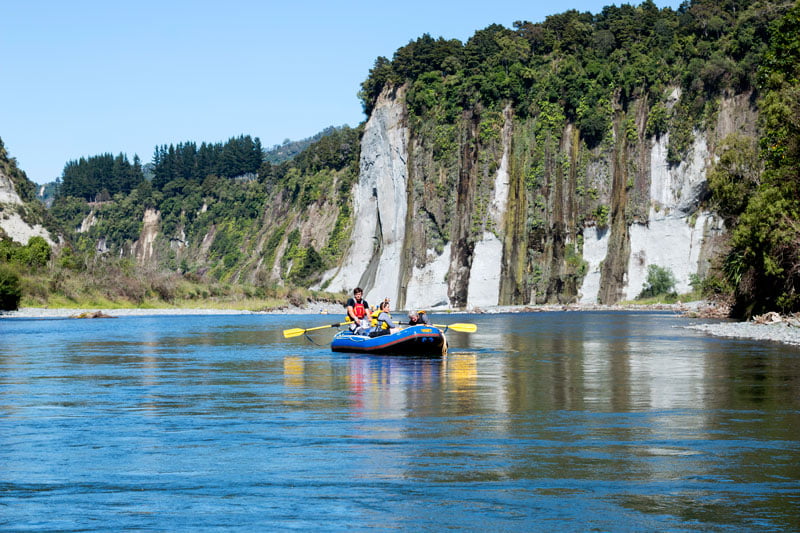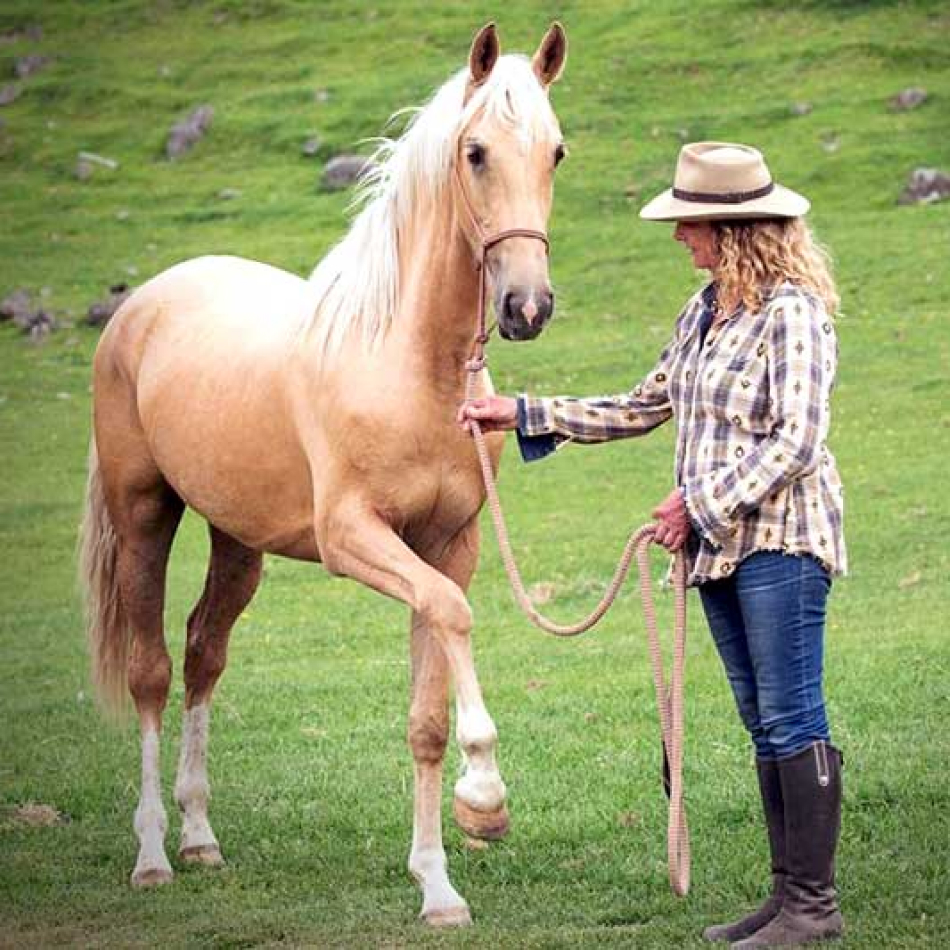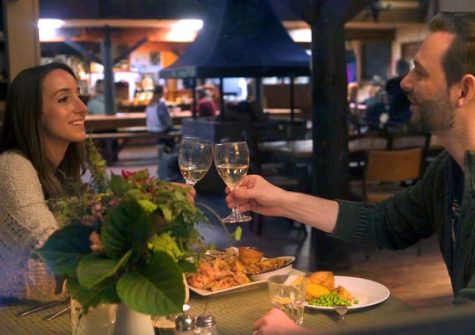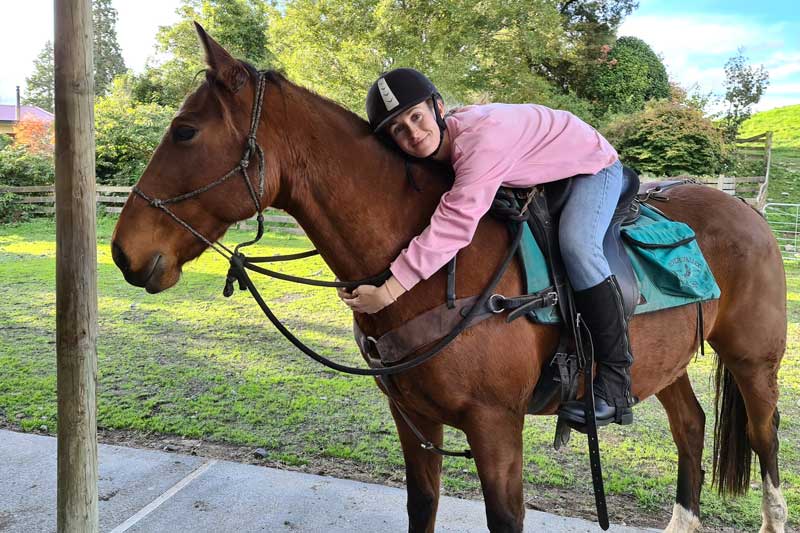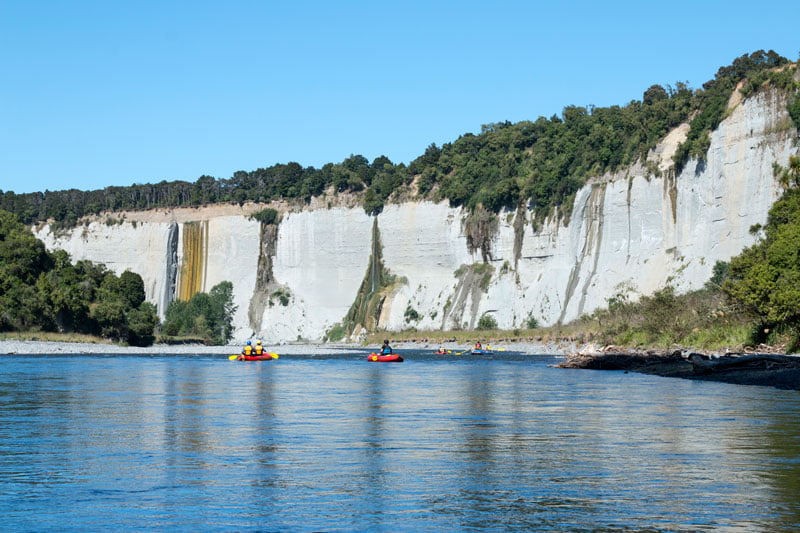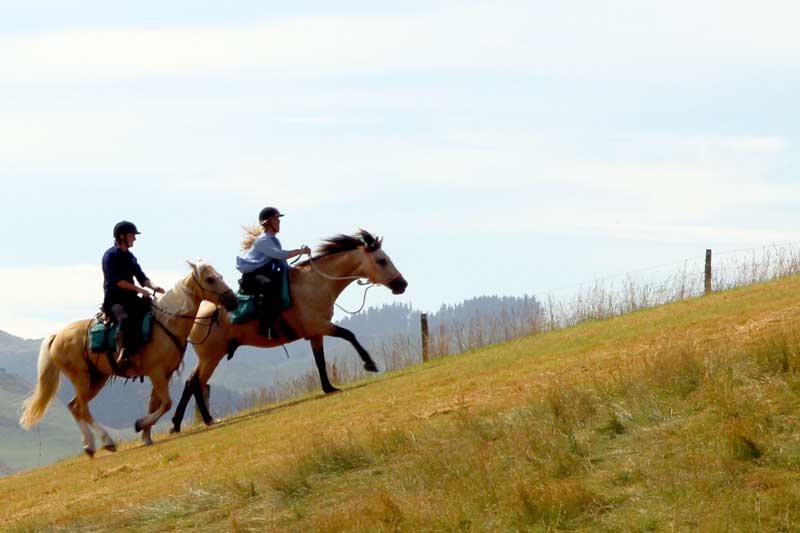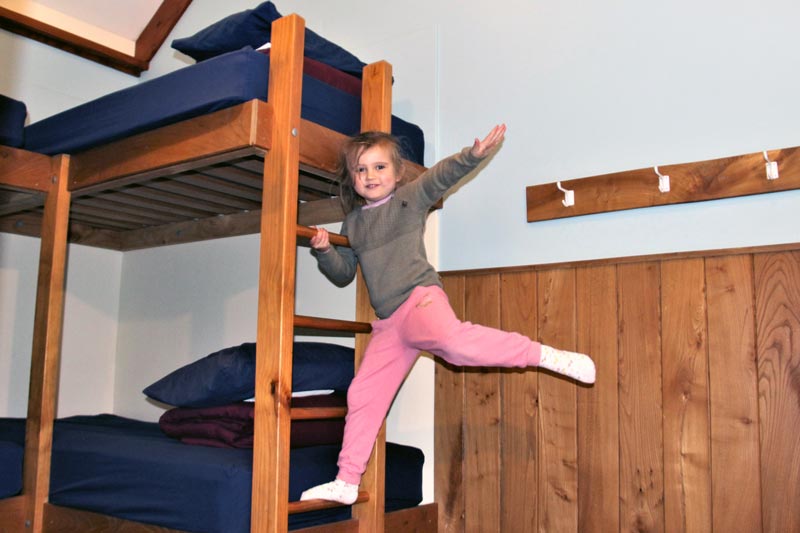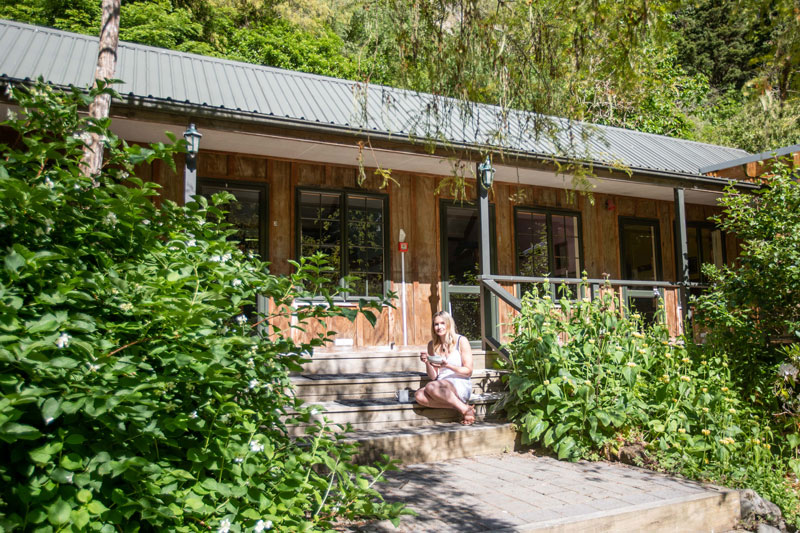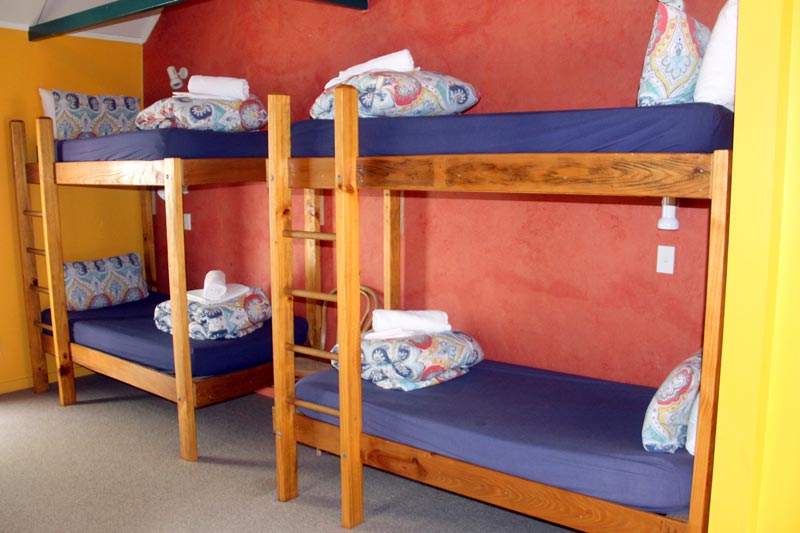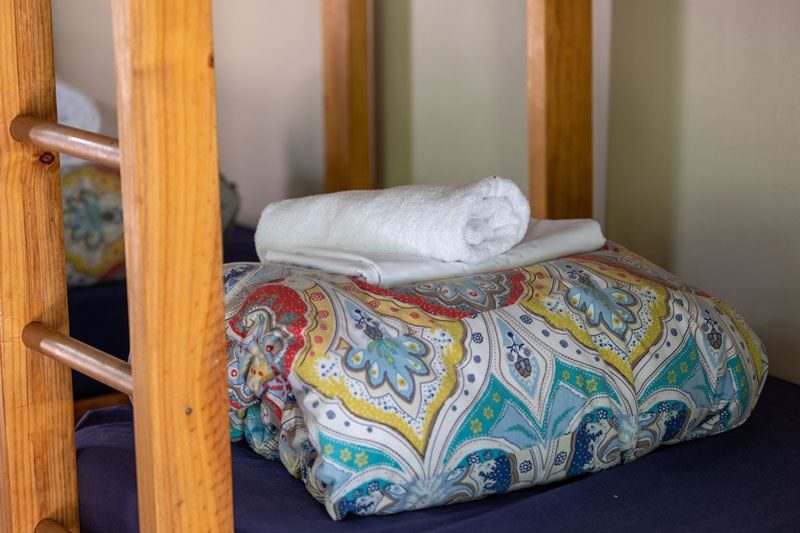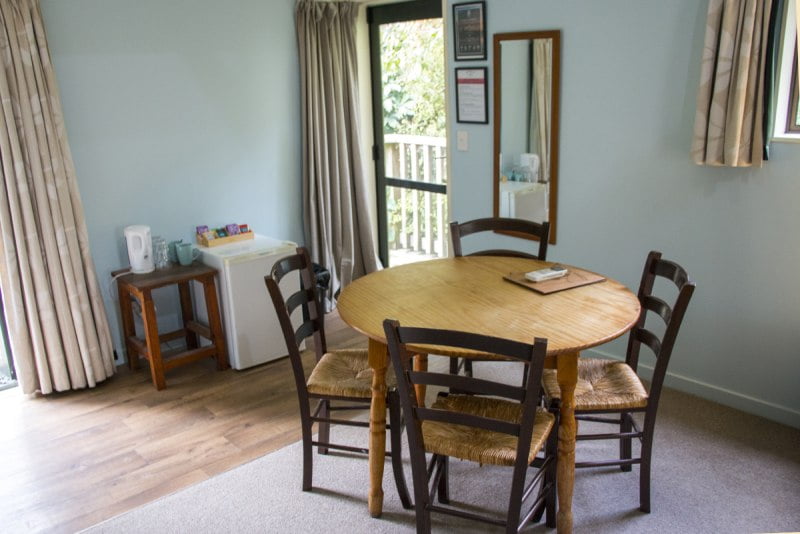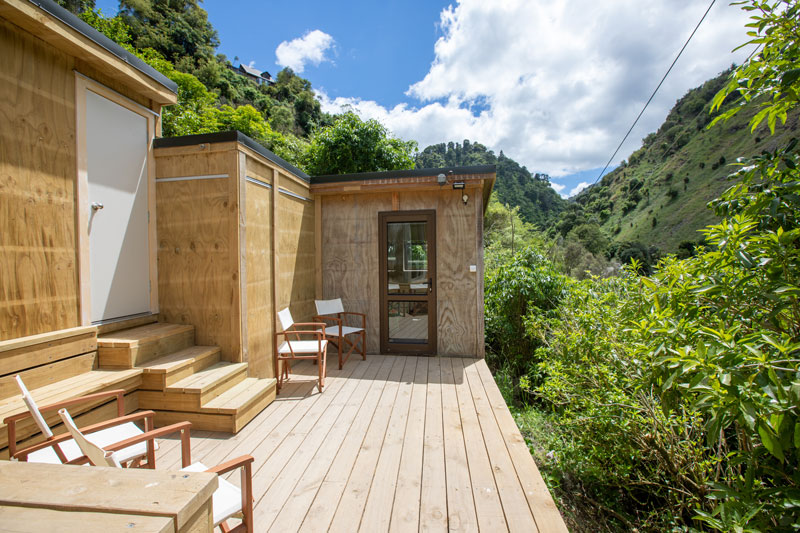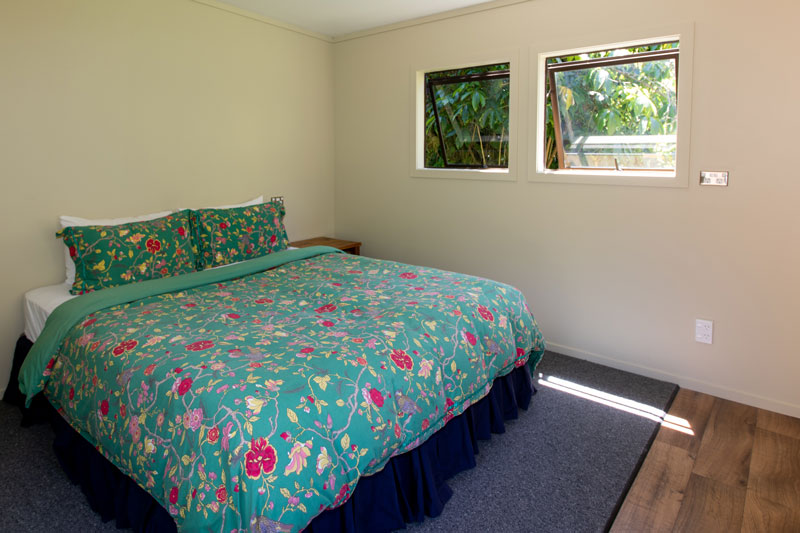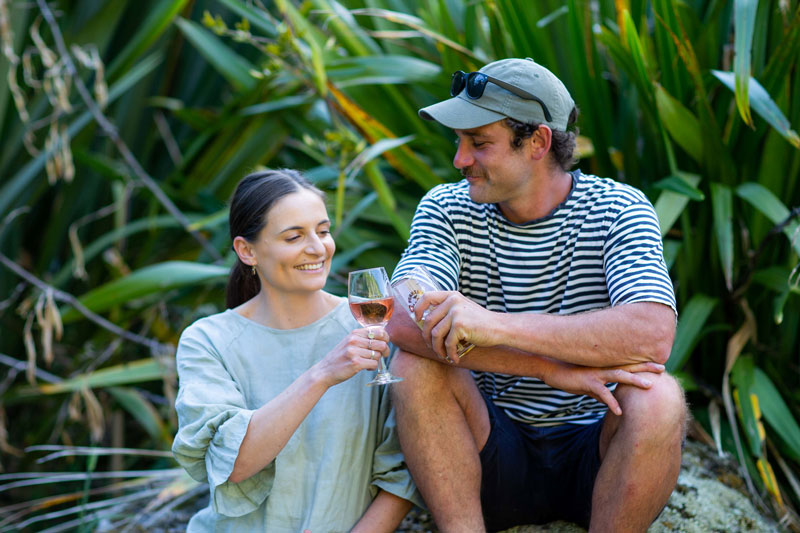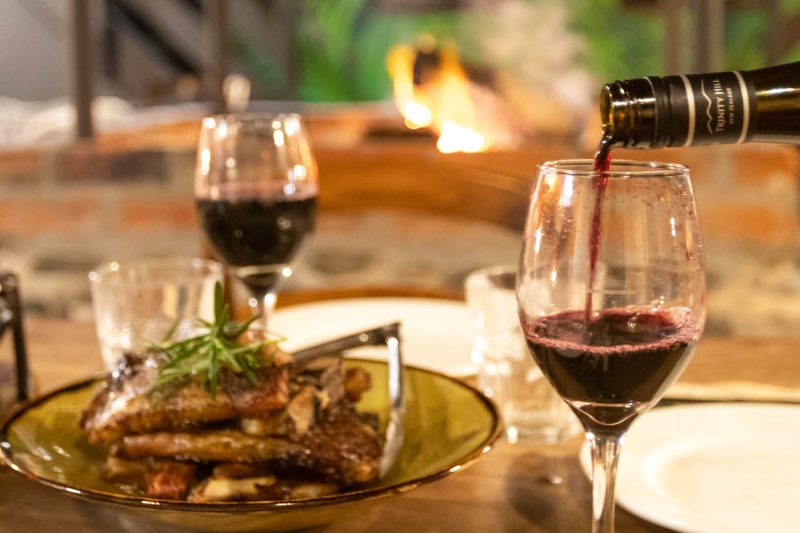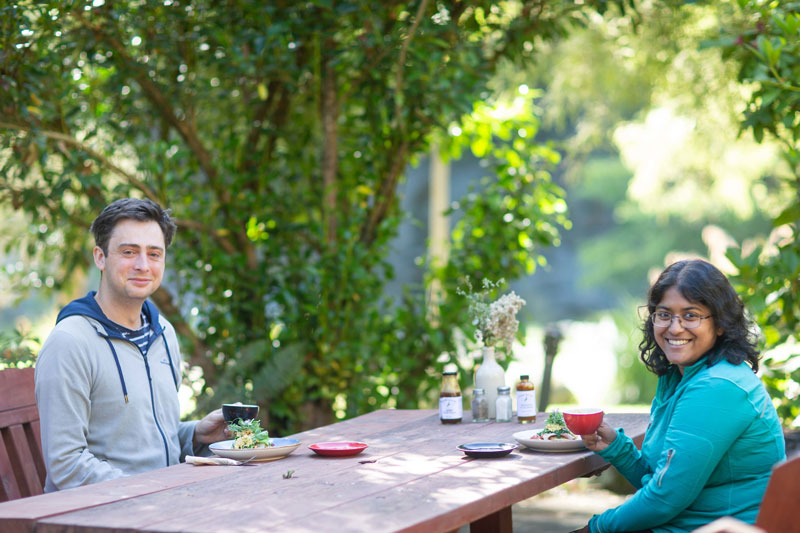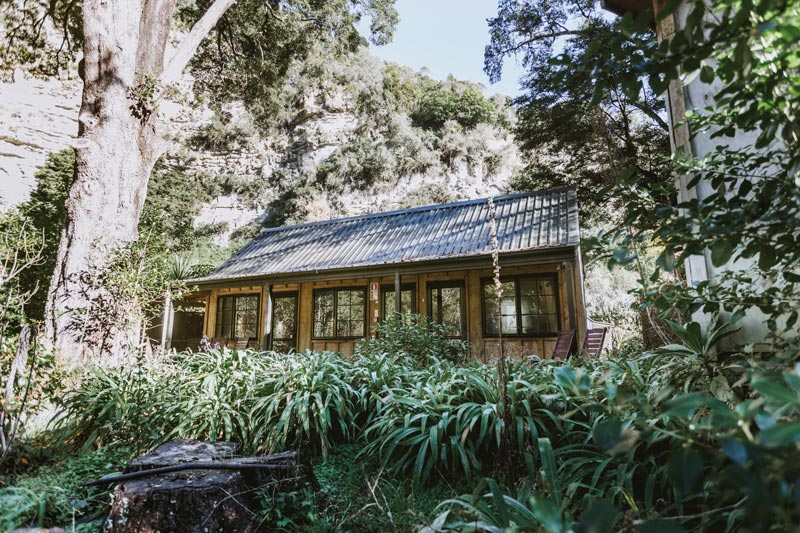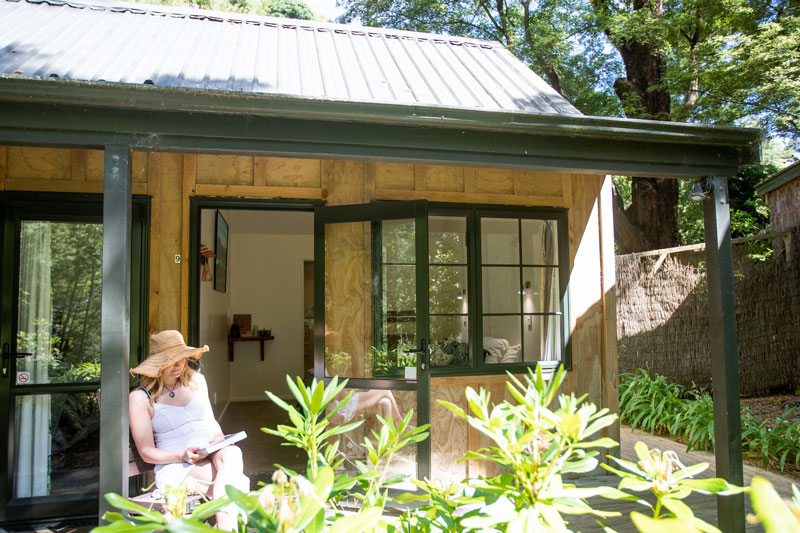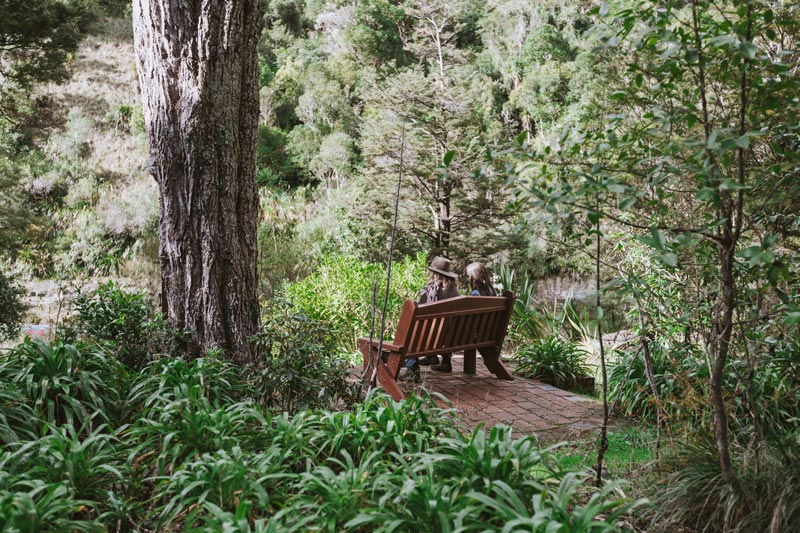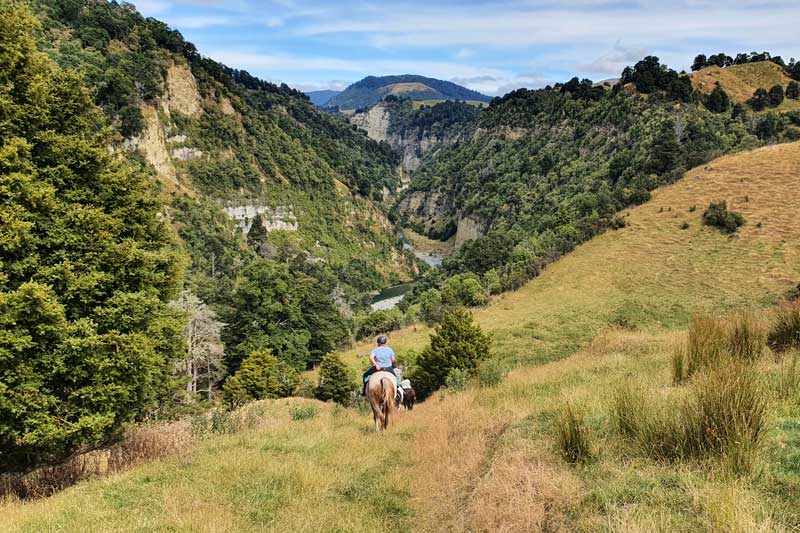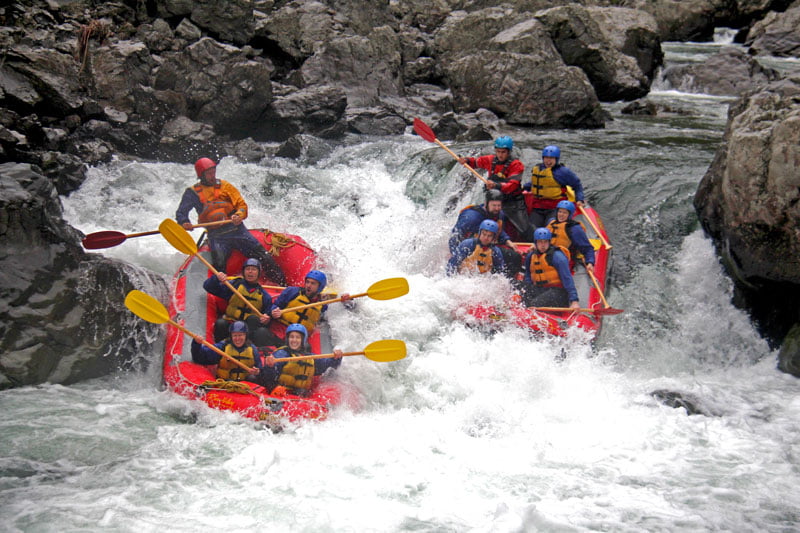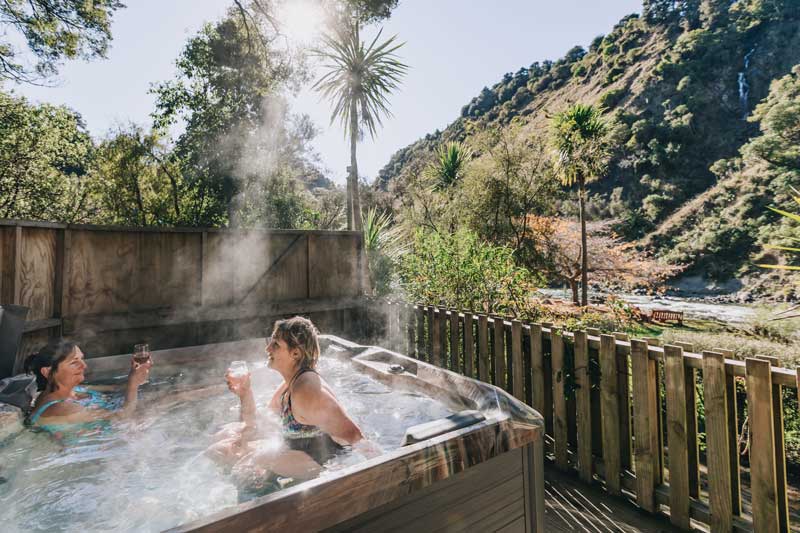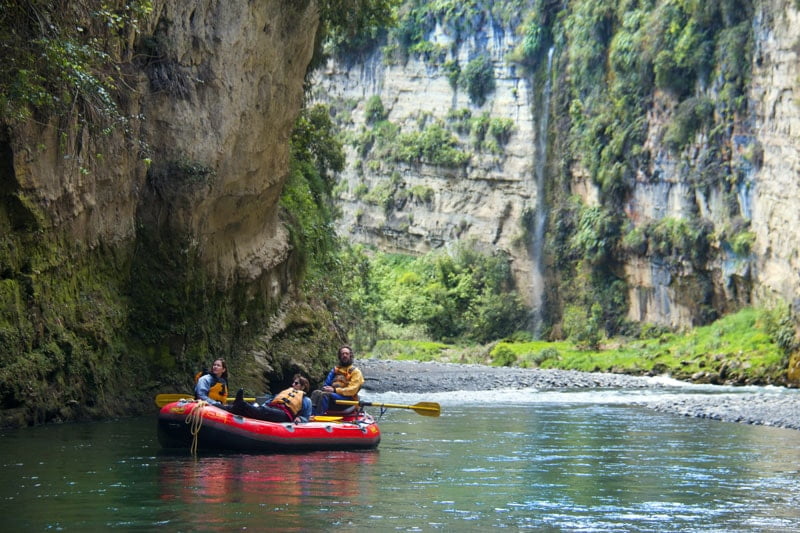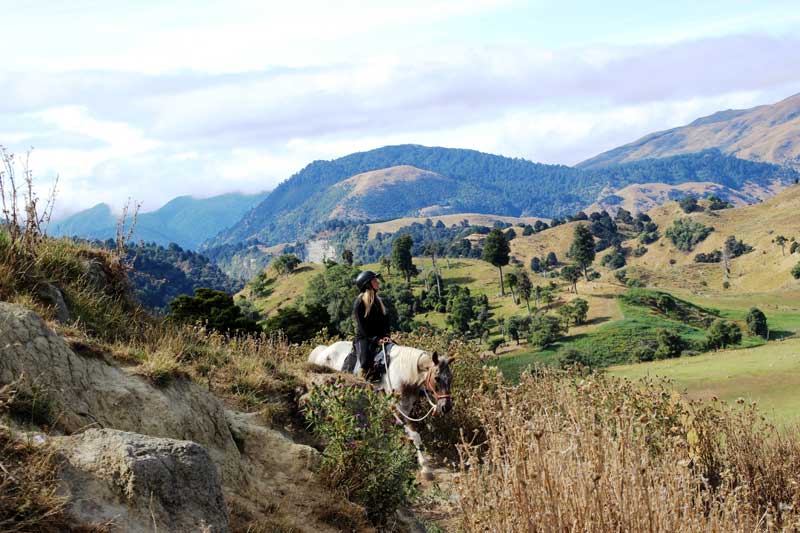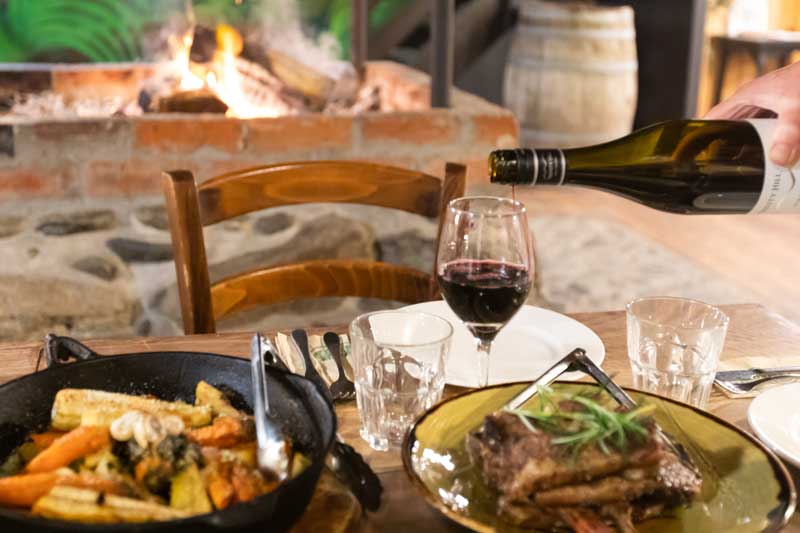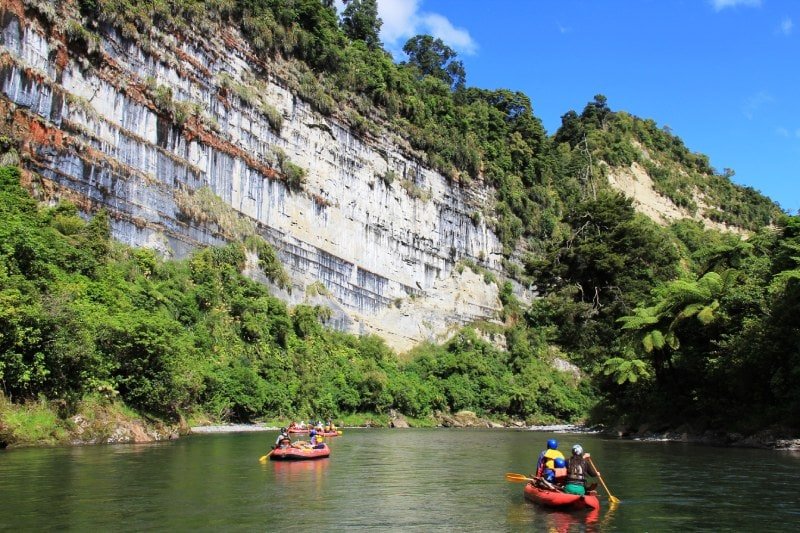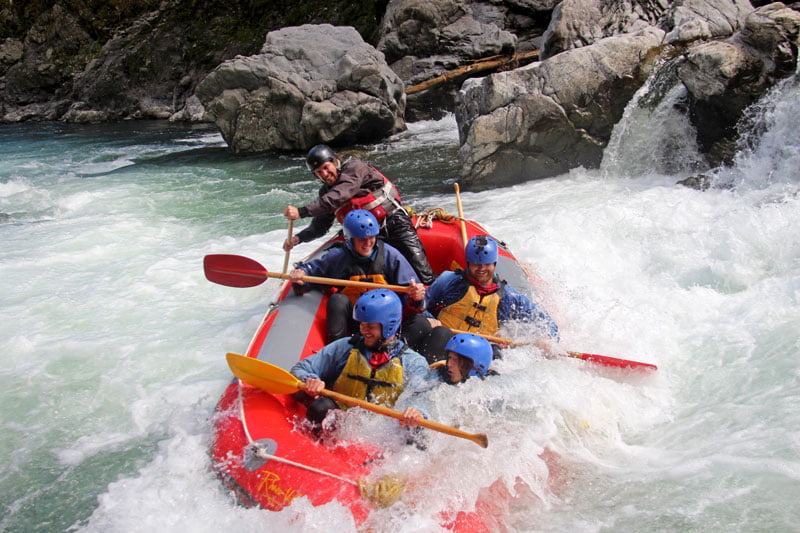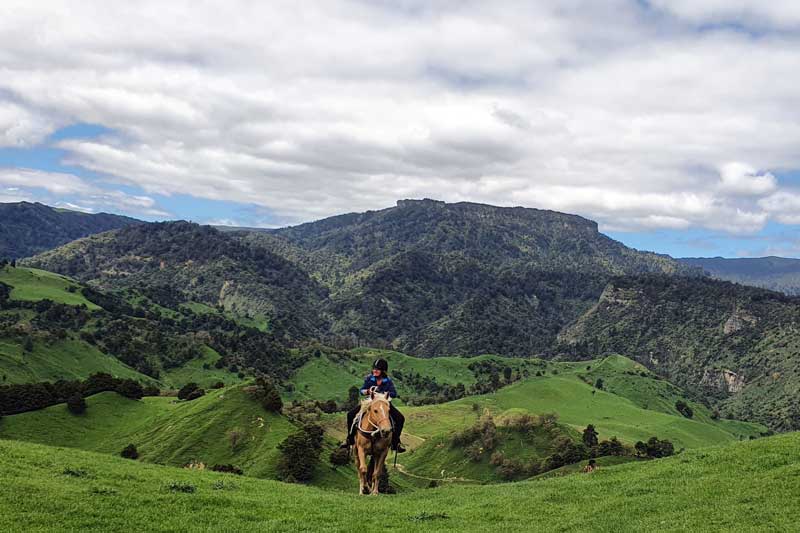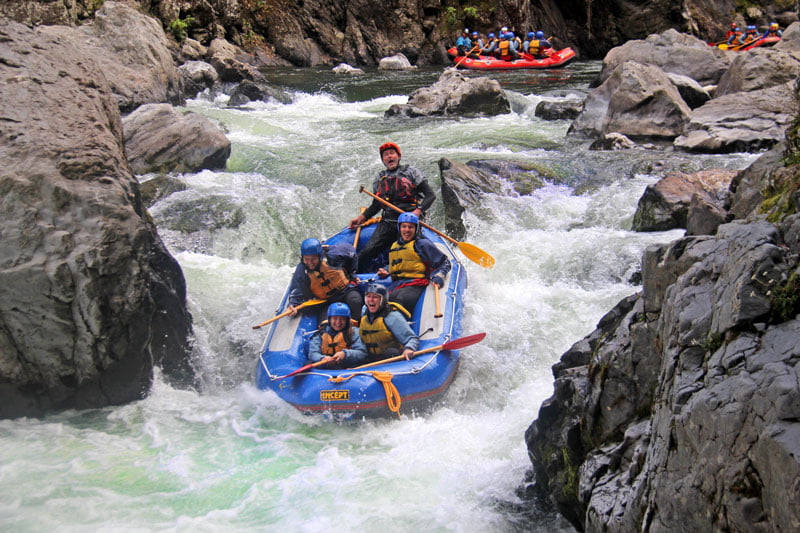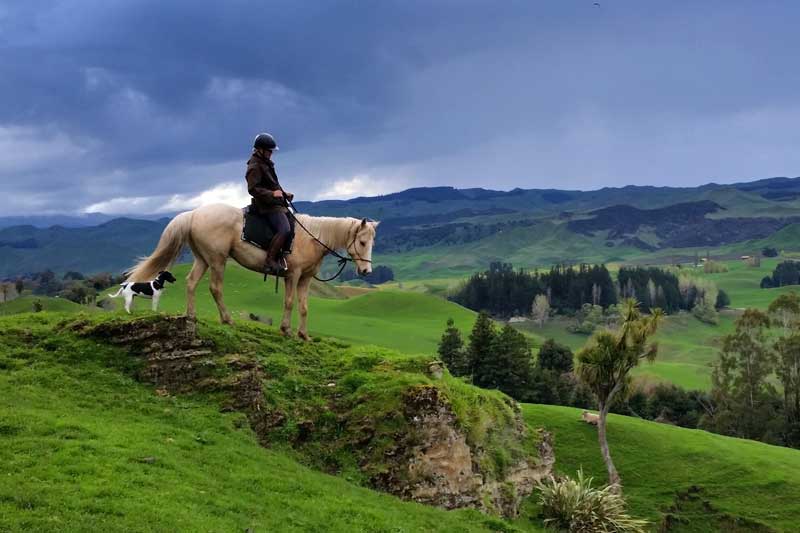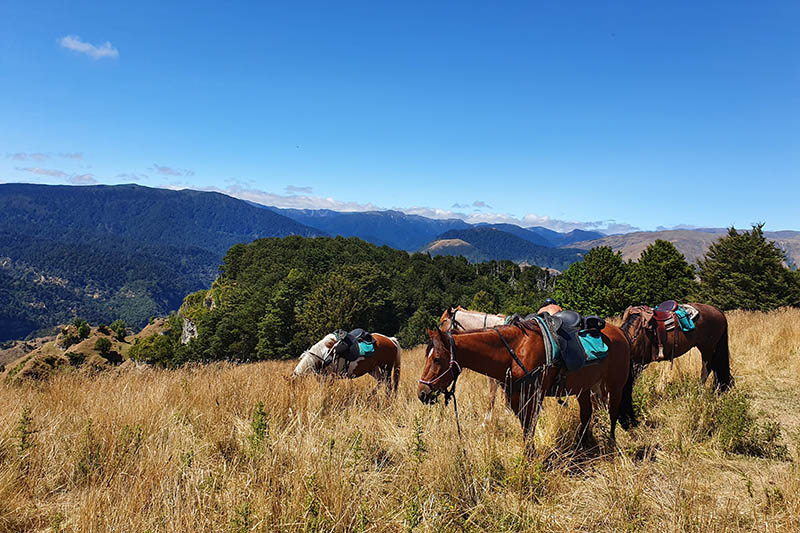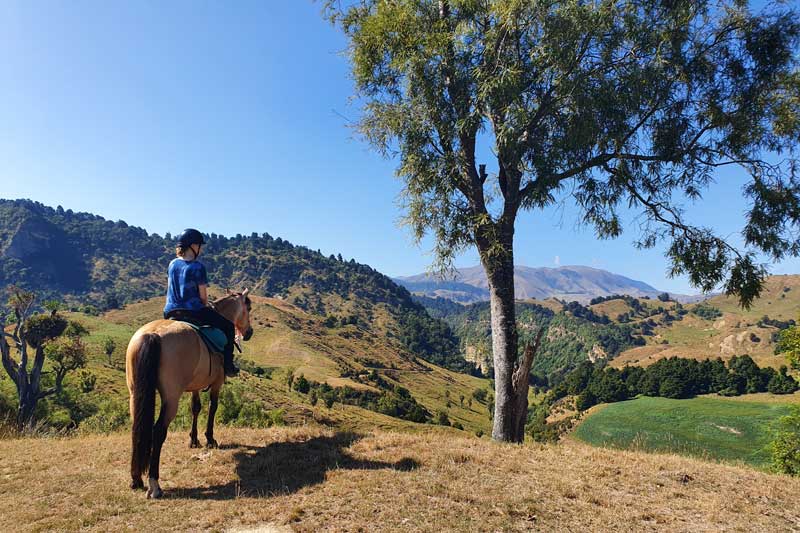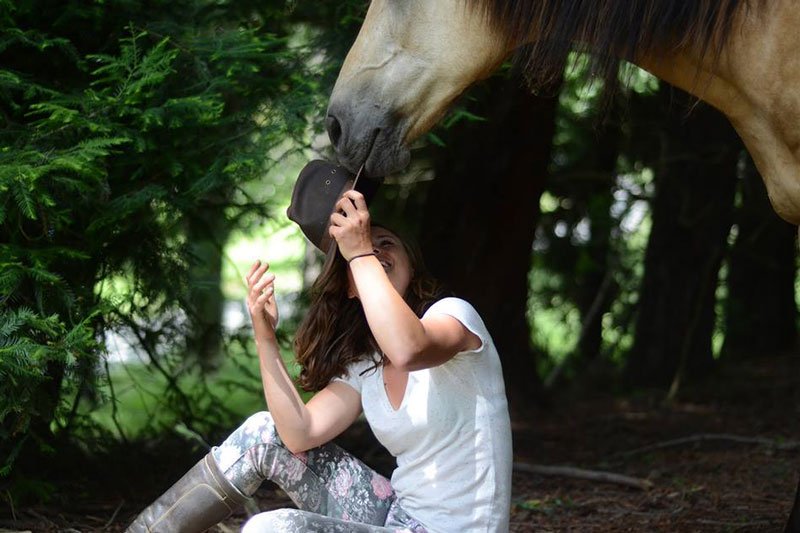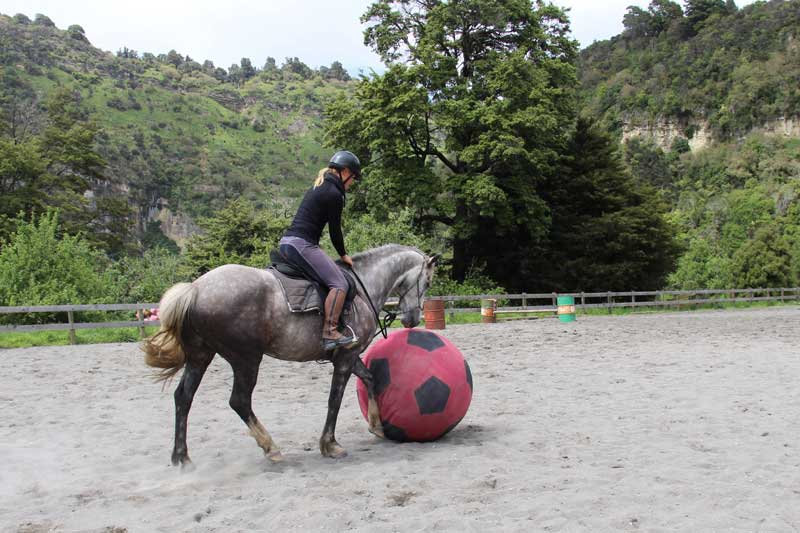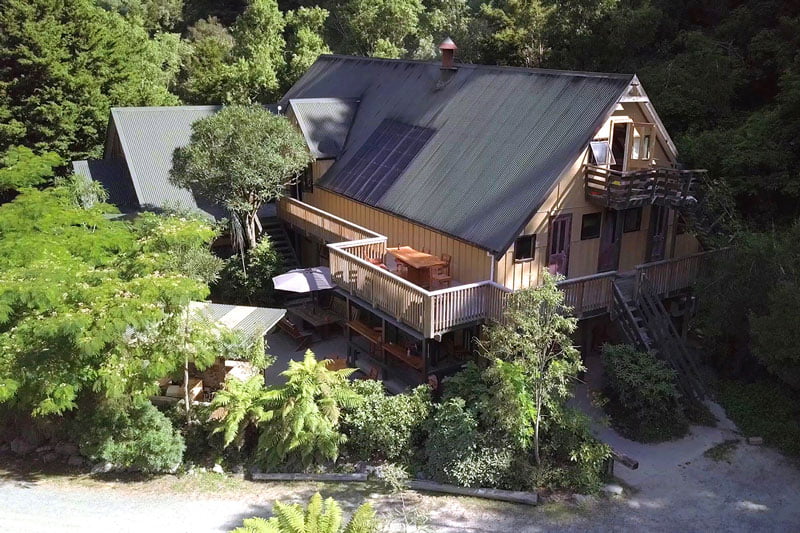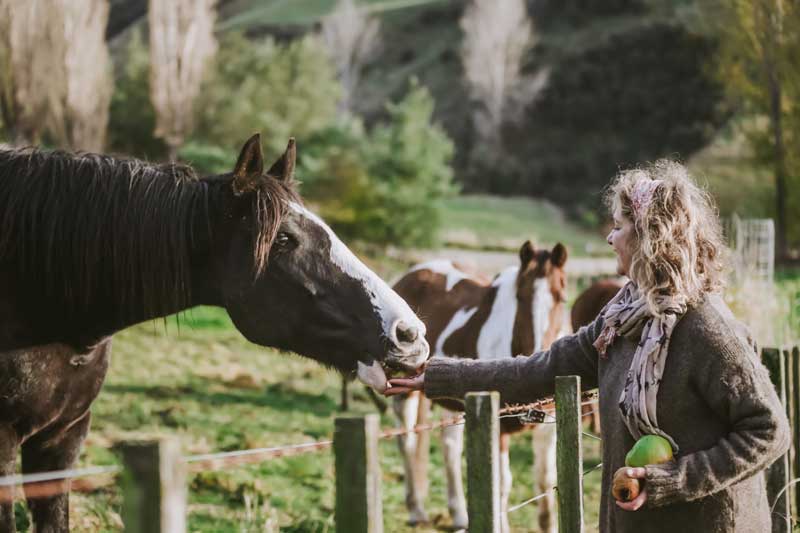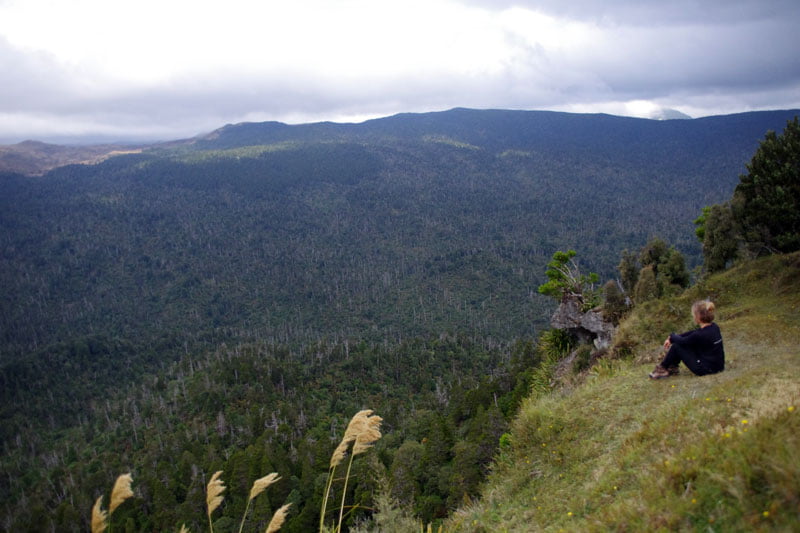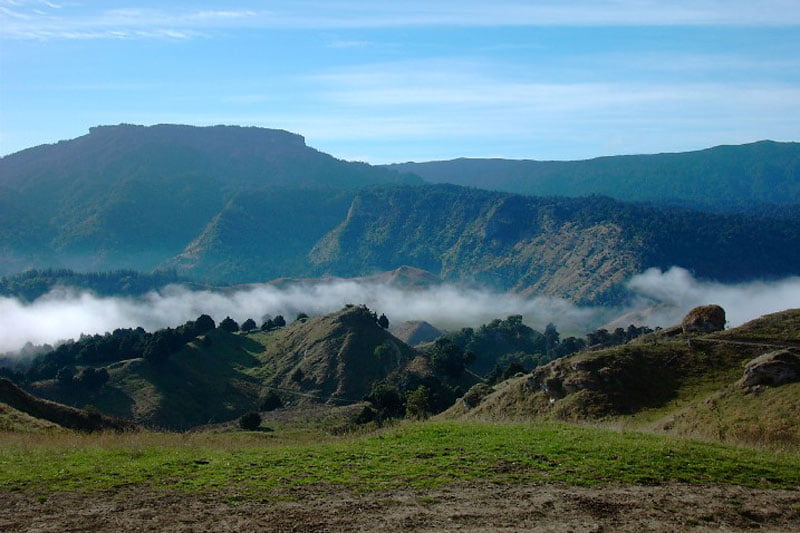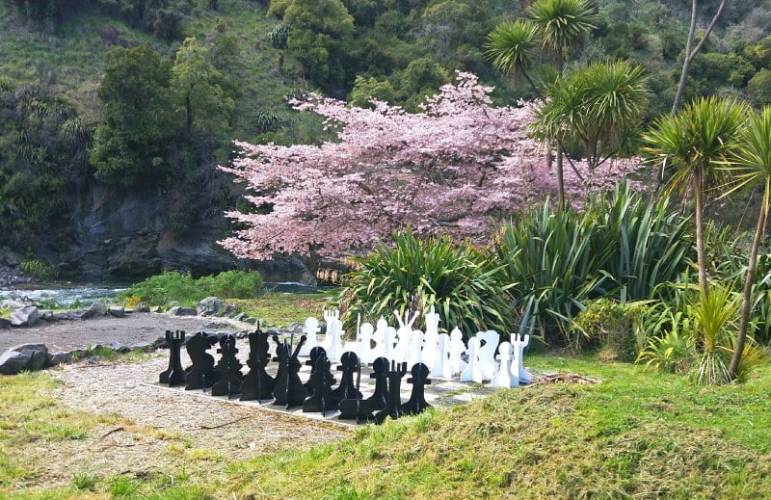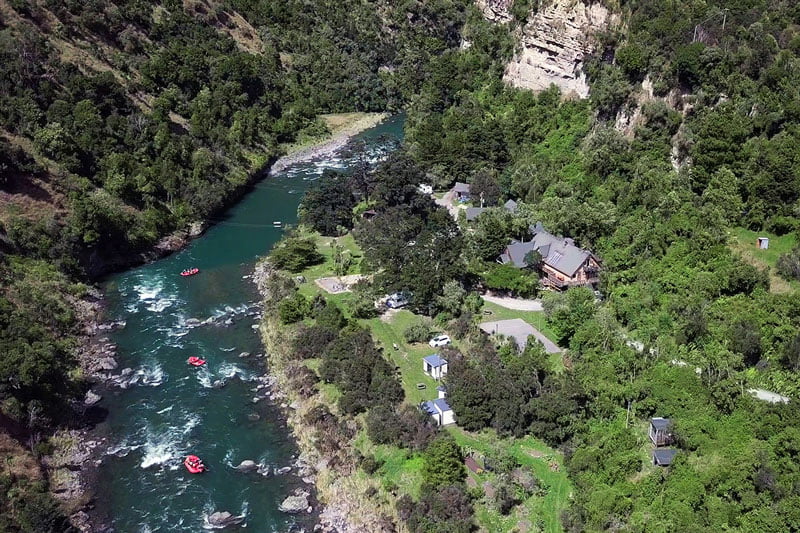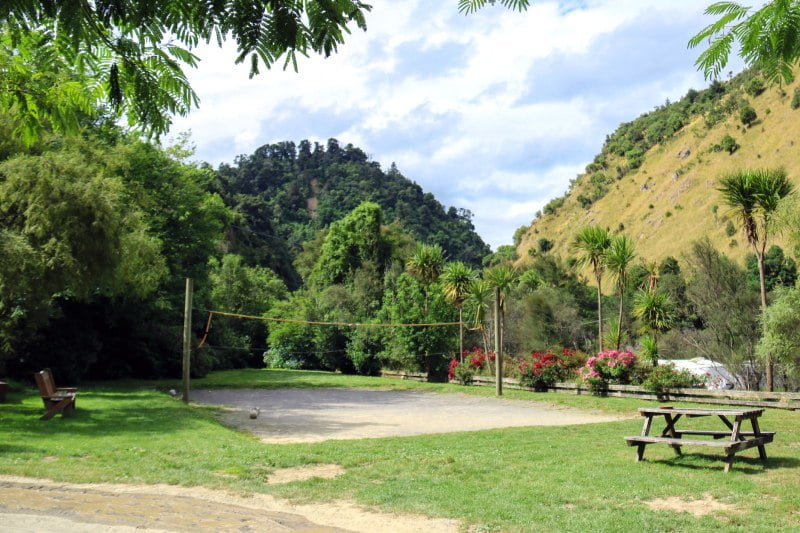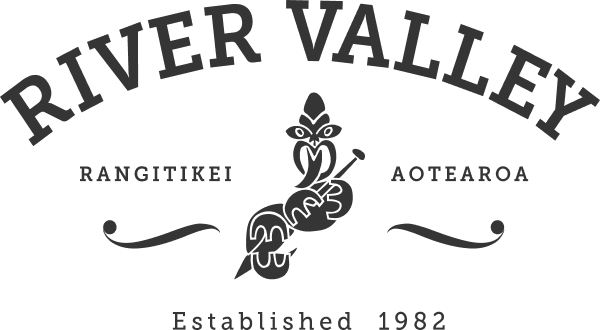A Day in the Life of a Trap Checker
For millennia, the islands of Aotearoa/New Zealand were separated from other land masses.
This isolation led our endemic species (species found here and nowhere else) to evolve to occupy all the available niches in this pre-human landscape. Unfortunately, this evolution and specialisation made them incredibly vulnerable to the arrival of man.
The arrival of humans, first Polynesians from the Pacific Islands and then Europeans about 500 years later, spelt trouble and doom for those formally isolated species. In a wave of genocidal destruction, humans and the animals they brought with them slaughtered millions of the original inhabitants – birds, lizards, geckos, bats and more. A slaughter that continues to this day.
Many species perished, driven to extinction by the tidal wave of tooth, claw, and the axe and fire of forest destruction. Others have retreated into the backcountry or offshore islands, where their survival can be precarious if rats or mustelids, the chief perpetrators of this slaughter after humans, arrive.
Fortunately, many people in New Zealand are committed to not only the survival of the remaining species but also to their return.
These people include government agencies such as the Department of Conservation, NGOs such as Forest and Bird, community groups, and literally thousands of volunteers.
The set of circumstances laid out above has led to an odd conclusion. This conclusion is that those precious birds and other endemic species can only be saved by killing the introduced animals that prey upon them. We practice conservation on a massive scale by killing other animals. Chief amongst those are mustelids, and in particular, stoats.
A Day in the Life of a Stoat Trap Checker
On any given day, throughout New Zealand, hundreds of people put their boots on, place some lure into their packs – chiefly fresh eggs or dried rabbit meat, grab their waterproof pad and phone, and head off to check traps, record the kills and refresh the bait.
As many of the traps we check are placed along the Rangitikei River, rafts and river gear replace boots and tramping equipment. However, the overall intent is the same. Check and clear the trap of any kills, ensure the trap is operating effectively, and replace the bait.
Recently we carried out our first post-winter check of a line of traps that runs downstream from River Valley Lodge. Accompanying me for the day was Chris. Chris is an avid tramper, bird species recorder, trap checker – mainly in the Ruahine Ranges –, all round good fella, and a part-time mathematics professor. 😊
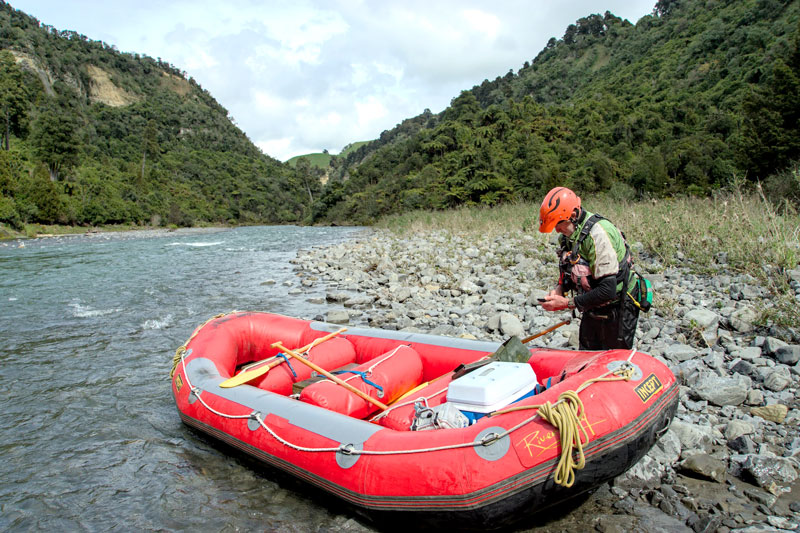
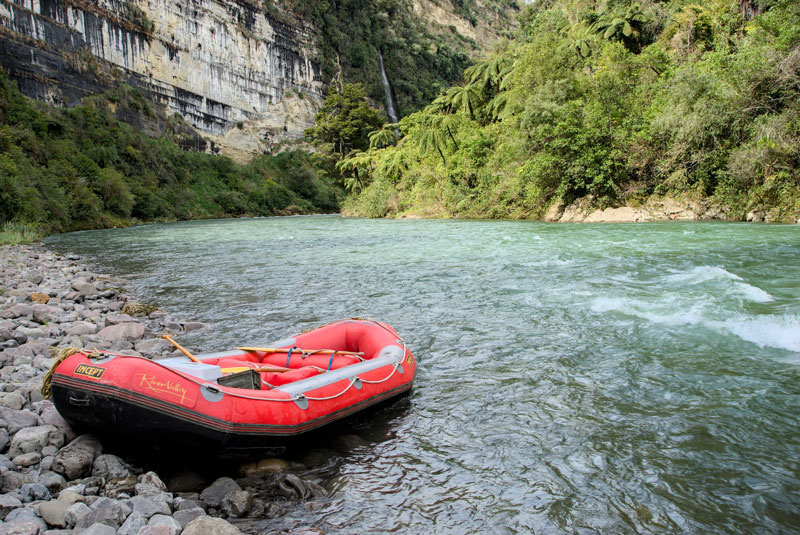
All the traps are GPS recorded, so if you can’t find one, you have some idea where it is; plus, they are recorded on the app, Trap.NZ. Occasionally traps are lost, and on the river, this is primarily from significant floods or, more frequently, some form of landslip.
As we get to each trap, we pull the boat to the side of the river, park up, and generally, just one of us will grab a fresh egg and climb up the bank to the trap – in this case, all DOC 200 traps on this section.
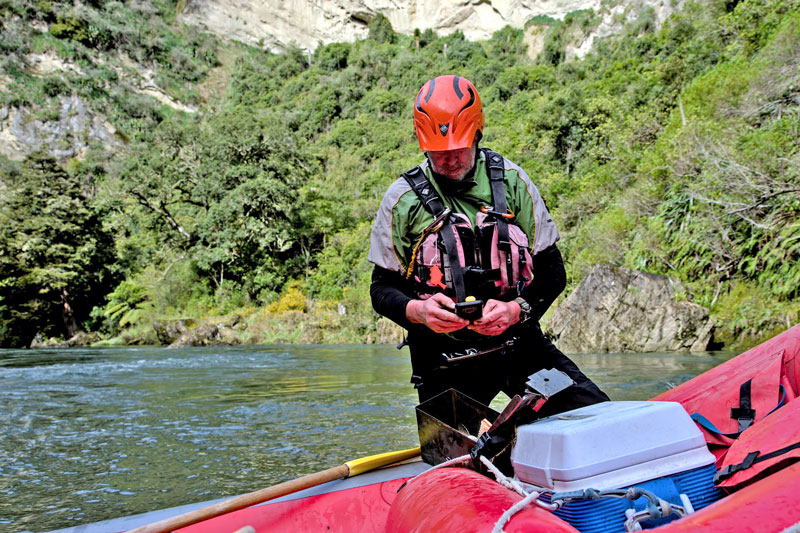
After clearing the trap, sometimes a nasty business dealing with a partially decomposed carcass, the trap mechanism is reset – these are all kill traps, so instant death for the stoat or rat – a fresh egg is placed inside, and the lid is swung back closed. Any kills are recorded. In our case, this is both on the Trap.NZ app and on a waterproof pad. Then it is back to the boat and on to the next trap.
Checking the 40 traps on this section, about 14km, takes most of the day.
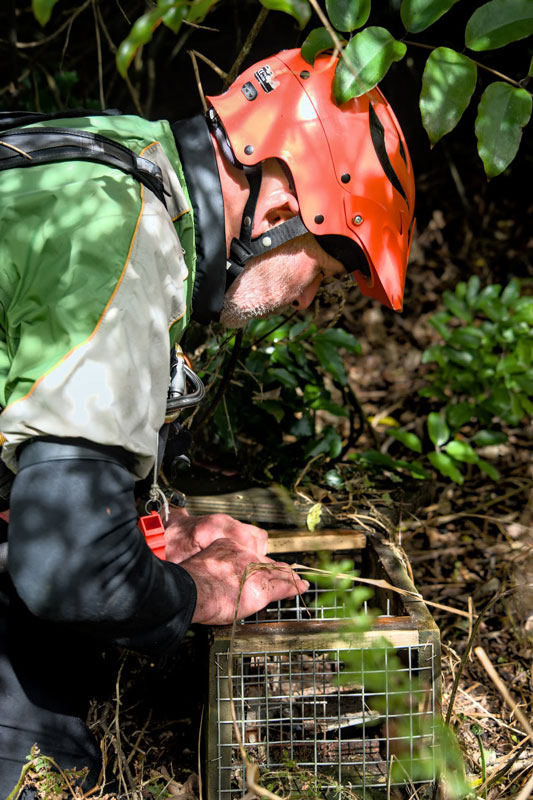
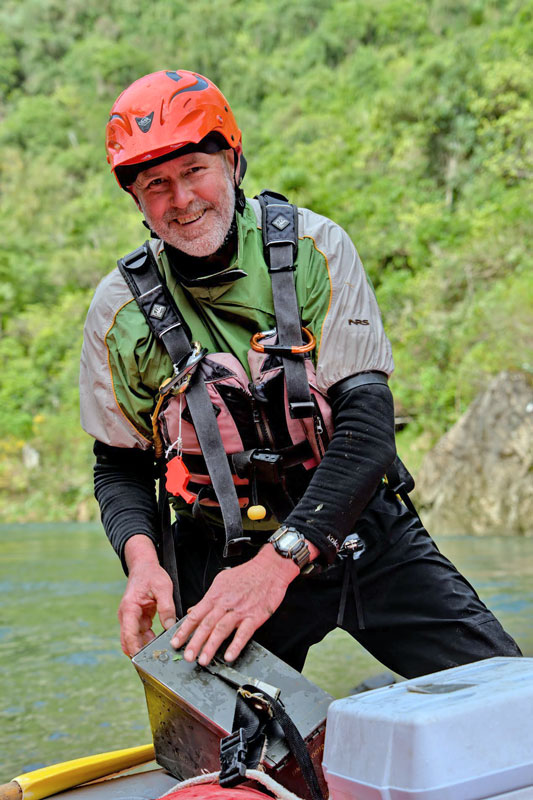
The first check after winter always has a lot of kills to record, as it can be three months or more since the last check in late autumn. From Spring to Autumn, traps will be checked monthly. On this check, we recorded eight stoats, three weasels, six rats and two hedgehogs. This may not sound a lot, but for the birds, these kills and those traps in the network will give them a chance this season to breed successfully.
We see the birds and know all this effort is working. The birds are returning.
If you would like to help check a trap line with us, drop us a line.
Here’s to the birds!
Brian Megaw

